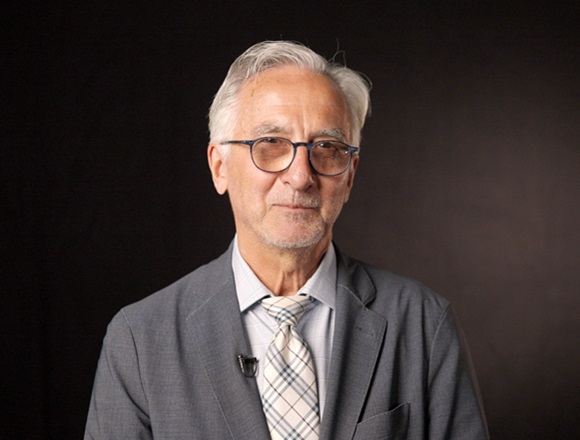Julian Dobranowski, MD, is a professor and chair in the Department of Radiology at McMaster University, Hamilton, Canada, as well as chief of Diagnostic Imaging at Niagara Health System and chair of the steering and scientific committees of the Juravinski Research Institute.
Could point-of-care ultrasonography (POCUS) decrease the pressure on computed tomography (CT)/magnetic resonance imaging (MRI)?
Julian Dobranowski, MD: Yes, it can. But again, it has to be done properly. CT scanning and MRI have this value that they get a holistic picture of the body. When we do a CT scan of the chest, we don’t only see the lungs; we do see the lungs, but we see the blood vessels, we see the esophagus, we see all the structures, we see the bones. POCUS by its name, “point-of-care,” and especially the word “point,” speaks to the fact that it is targeted. So, it has great value if you are looking at a certain abnormality to make sure that your abnormality is a true abnormality, and also, is the abnormality getting better or worse? Historically, we’ve depended on CT scans to follow up patients, but if the reason to follow up a patient is only to look at whether the amount of fluid is decreasing, then POCUS definitely can change the need for CT scans.
 English
English
 Español
Español
 українська
українська





